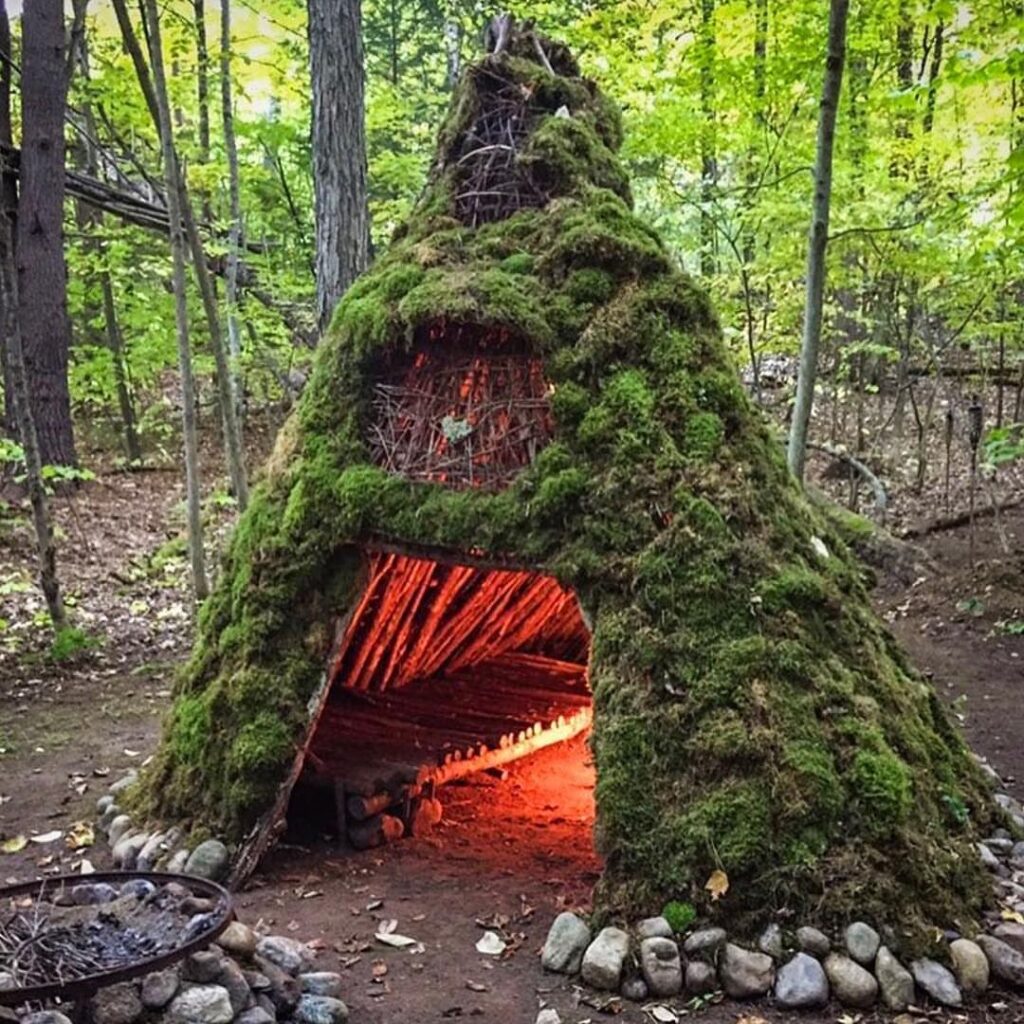Exploring the great outdoors can be an exhilarating experience, but what happens when you find yourself in a remote area without the comforts of modern communication tools? Whether you’re an avid hiker, a seasoned camper, or just someone who enjoys a day in nature, understanding how to signal for help in the wilderness is a crucial skill. In this article, we’ll delve into various signaling techniques that could be your lifeline when you need assistance in the great outdoors.
Visual Signals
Creating Contrast with Nature
When you’re lost or in distress, catching the attention of rescuers is the top priority. One effective way to do this is by using bold colors that stand out against the natural surroundings. Red, orange, and yellow fabrics can be fashioned into makeshift flags or clothing to create a visual contrast that is easily noticeable from a distance. When you find yourself in the vastness of the wilderness, creating contrast with nature is essential to stand out and catch the eye of potential rescuers. Here are ten ways to effectively use bold colors for signaling:
1. Red Bandanas and Clothing
Sporting a red bandana or clothing item can be a quick and easy way to introduce a bold color into your surroundings. The contrast against the greens and browns of the wilderness makes you more visible from a distance.
2. Orange Signal Flags
Crafting signal flags from available materials, such as an orange shirt or fabric scrap, adds a splash of color that contrasts sharply with the natural environment. Make sure to position these flags prominently for maximum visibility.
3. Yellow Reflective Tape
Carry yellow reflective tape in your survival kit. It can be attached to clothing, backpacks, or makeshift signaling devices, providing a vivid contrast and increasing your chances of being noticed.
4. Bright Backpack Covers
Invest in a bright backpack cover in colors like neon yellow or vivid orange. This not only protects your gear but also serves as a visible marker, especially when placed strategically in an open area.
5. Colored Smoke Canisters
For a more dynamic approach, consider carrying colored smoke canisters. These emit dense, colorful smoke that can be seen from afar, cutting through the natural tones of the wilderness.
6. Dyeing Natural Materials
If you have access to water, consider using natural materials like cloth or leaves and dyeing them with bright colors. These can be arranged in patterns on the ground to create visible signals.
7. Painted Rocks or Tree Markings
Harnessing the contrast between rocks or trees and bright paint is a simple yet effective technique. Paint rocks with bold colors or create visible markings on tree trunks to leave a clear trail for rescuers.
8. Flagging Tape Trails
Carry flagging tape in your survival kit and use it to mark your path. The fluorescent colors of the tape create a noticeable contrast against the surrounding vegetation, guiding rescuers directly to your location.
9. Colorful Balloons
Inflate a few colorful balloons if you have them. Tie them to a visible location or let them float above your campsite to attract attention with their vibrant hues.
10. Flashy Accessories
Wearing accessories like a bright hat, gloves, or shoelaces can add splashes of color to your overall appearance. These small but vivid details can significantly enhance your visibility in a wilderness setting.
Recall that the key is to be creative and resourceful with the materials you have on hand. By incorporating bold colors into your survival strategy, you increase the likelihood of being noticed and getting the help you need in a challenging situation.
Reflective Surfaces
Incorporating reflective materials into your signaling strategy can significantly increase your visibility. Items like mirrors, shiny metal pieces, or even compact discs can be used to flash sunlight towards potential rescuers, creating a glint that’s hard to miss.
Auditory Signals
Whistles and Sound Carrying Techniques
In the wilderness, sound travels differently than in urban environments. A high-pitched whistle can cut through the silence of the forest, alerting others to your presence. Additionally, consider using natural features like valleys or bodies of water to amplify your signals, increasing the chances of your calls for help being heard.
Repetition for Recognition
Repetition can be a powerful tool when it comes to auditory signals. A series of three loud noises, such as three whistle blasts or shouts, followed by a pause, can be recognized as a distress signal. This pattern helps distinguish intentional signals from background noise, increasing the likelihood of a response.
Written Communication
Use of Temporary Markings
Leaving behind written messages can be an effective way to communicate your location and situation. Chalk or natural materials like rocks and twigs can be used to create symbols or simple messages on the ground, guiding rescuers to your whereabouts.
Signal Fires and Smoke Patterns
Fire has been a symbol of communication for centuries. In a survival situation, building a signal fire can attract attention, especially if accompanied by specific smoke patterns. During the day, dark smoke stands out against the sky, while at night, the flames provide a beacon of light.
Technological Aids
Emergency Whistle Apps
In today’s tech-savvy world, there are apps for nearly everything, and signaling for help is no exception. Consider installing an emergency whistle app on your smartphone, which can produce a loud, attention-grabbing sound. Ensure your device has sufficient battery life or carry a portable charger to keep this tool readily available.
Personal Locator Beacons (PLBs)
For those venturing into remote areas frequently, investing in a Personal Locator Beacon (PLB) can be a game-changer. These devices use satellite technology to transmit distress signals to search and rescue teams, providing precise information about your location.
Conclusion
Communication in the wilderness is a skill that every outdoor enthusiast should prioritize. Whether it’s visual, auditory, written, or technological signals, being well-versed in these techniques can mean the difference between a minor inconvenience and a life-threatening situation. So, the next time you embark on an adventure, remember to pack not only your gear but also the knowledge of how to signal for help when the unexpected happens. Stay safe, stay prepared, and enjoy the beauty of the great outdoors responsibly.







